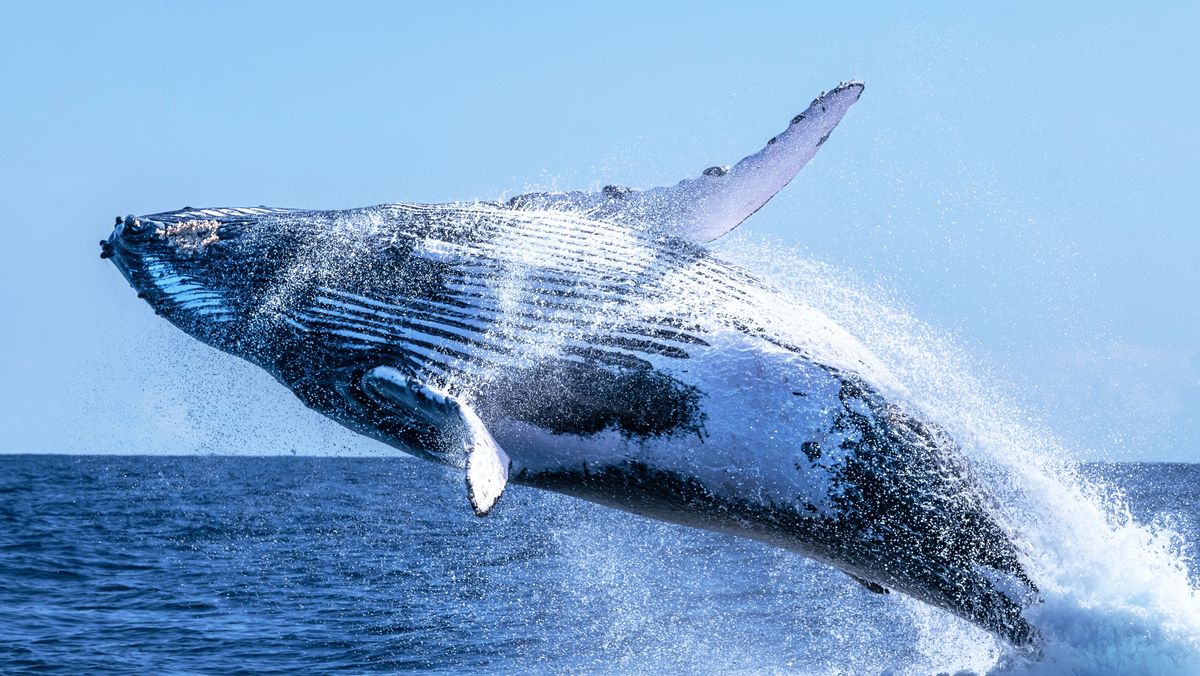Blueberries look blue to the human eye. In reality, it is a waxy coat that makes the color blue. Only certain fruits have this blue coat like plums and dark grapes. The wax coat hosts many nanostructures that are less thicker than paper. The nanostructures scatter blue and UV lights into our eyes.
Blue may not be a color found in nature and the pigments in the berry also correlate with the color. Humans and birds are some of the only organisms that see the blue color. The skin pigment also shows red.
If you rub the wax off the berry, it will not be red or blue but it will be dark. Physicist Rox Middleton said this. Her team says that the waxy outer creates a blue hue and they are faux. Researchers viewed blueberries, dark grapes, and plums under a microscope and found that they all have similar nanostructures and that they cover the dark red in the middle.
The researchers zoomed in on many other fruits using a high-resolution microscope. They have found many other little nanostructures but not as many blueberries have a blue appearance to the human eye, in reality, it is a waxy coat that creates the blue color. Other fruits like plums and dark grapes also have this blue coat. The wax coat contains many nanostructures that scatter blue and UV lights into our eyes.
Blue may not be a color found in nature, but the pigments in the berry also contribute to the color. Only humans and birds can see the blue color, while the skin pigment appears red.
If you remove the wax from the berry, it will not be red or blue, but it will be dark. Physicist Rox Middleton and her team discovered that the waxy outer layer creates a blue hue that is not real. They viewed blueberries, dark grapes, and plums under a microscope and found that they all have similar nanostructures that cover the dark red in the middle.
Using a high-resolution microscope, the researchers examined numerous other fruits and discovered that they contain some nanostructures, though not as many as blueberries. Through several experiments, they observed that the nanostructure coating scatters blue and UV light. The lab team successfully replicated this effect, causing the wax coat to dissolve and become transparent. When spread out, the wax coat dries and transforms into a crystalline material, forming a repeating pattern. Even in its crystalline form, the blue from the coat remains visible. nanostructure coating scatter blue and UV light. The lab team recreated this effect and the wax coat dissolves and becomes transparent. Spreading the wax coat will dry it and the wax will become a crystalline material. The solid forms a repeating pattern. Even as a crystal, you can still the blue from the coat.










































